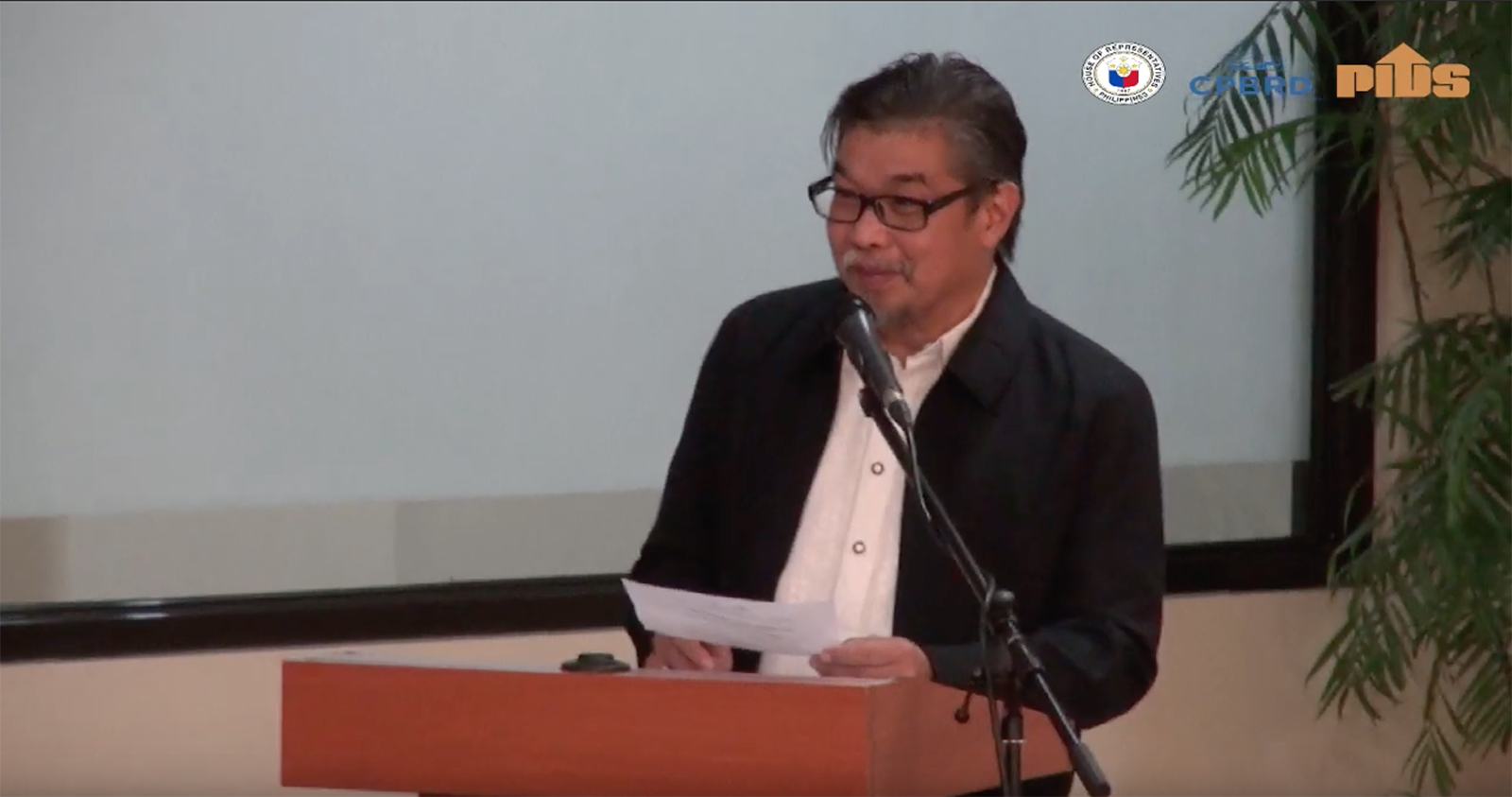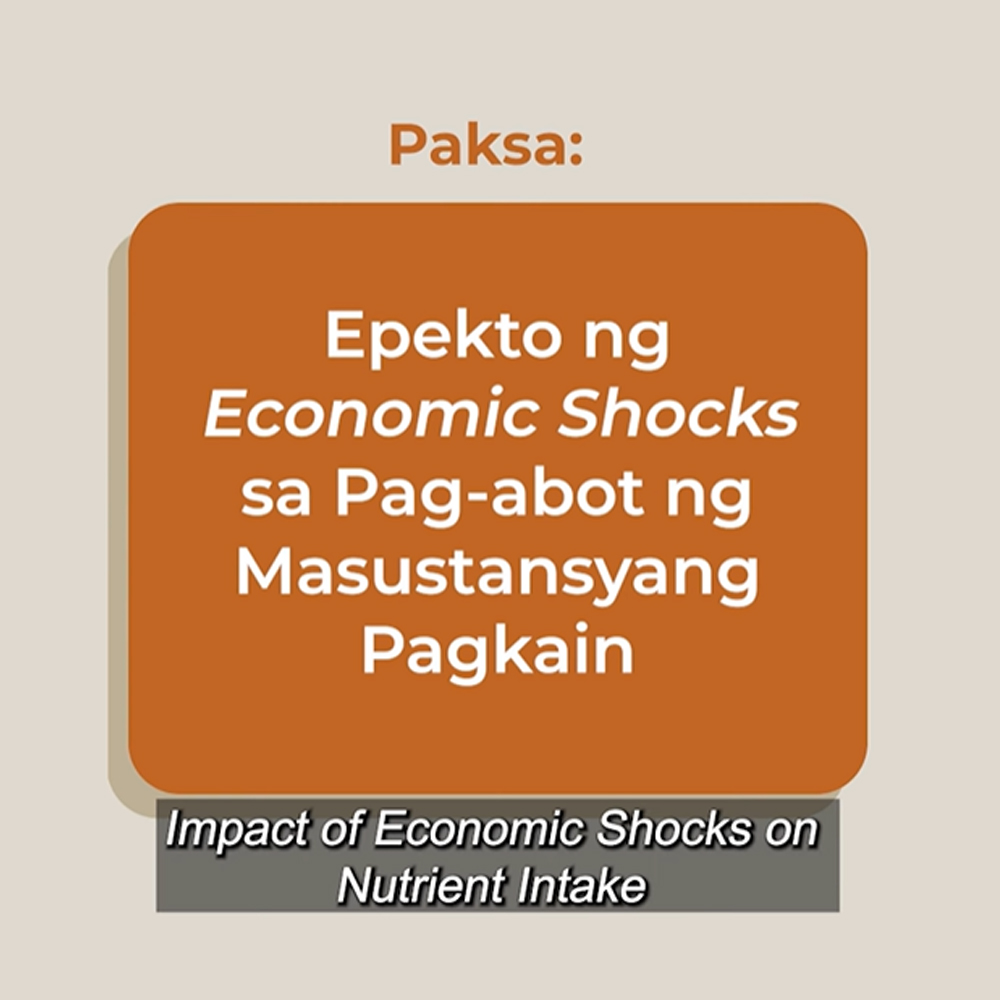GIVEN the latest inflation print and risks that could further lead to price spikes for the country’s food staple, there may be room to revisit its proposal to reduce rice tariffs, according to the National Economic and Development Authority (Neda).
On Thursday, the Philippine Statistics Authority (PSA) reported that inflation rose to 6.1 percent in September on the back of a 17.9-percent increase in rice prices. While the average headline inflation rate was a four-month high, the spike in rice prices was the highest in 14 years. (Full story here: https://businessmirror.com.ph/2023/10/05/inflation-posts-4-month-high-in-september/).
Socioeconomic Planning Secretary Arsenio M. Balisacan said in a statement that if global rice prices keep rising, the government must respond to stabilize commodity prices nationwide. As the country’s food staple, rice is heavily weighted in the country’s Consumer Price Index (CPI).
“Should the global price of rice continue to rise due to the impacts of El Niño and rice export bans among key rice-exporting countries, resulting in a need for a more robust response to stabilize local prices, the proposal to temporarily lower tariffs on rice, regardless of origin, may be revisited,” Neda said in a statement Thursday.
At the last Inter-Agency Committee on Inflation and Market Outlook (IAC-IMO) meeting on October 3, the committee recommended extending the lower Most Favored Nation (MFN) tariff rate on rice under Executive Order (EO) No. 10.
“To address the increasing price of rice and ensure enough supply through timely and adequate importation, the IAC-IMO recommends extending the lower MFN tariff rate on rice until December 2024, but subject to review in July 2024,” Balisacan said.
“This policy response must be complemented by efforts to improve the predictability and transparency of issuing the Sanitary and Phytosanitary Import Clearance for rice and all commodities,” he added.
However, Philippine Institute for Development Studies (PIDS) Senior Research Fellow Roehlano Briones said there may not be enough basis for reduced tariffs at this time given that rice prices are already on their way down due to the harvest season.
“Tariff reductions can increase consumption but can negatively reduce production unless an effective and practical government production strategy is established,” Ateneo de Manila University economist Leonardo Lanzona told BusinessMirror.
Support for farmers
Neda, meanwhile, said other efforts include help for the country’s farmers. Foremost is the National Food Authority (NFA) Council’s decision to set a higher buying price for palay or unhusked rice.
The NFA Council raised the buying price of dry palay to P23 from P19 and the buying price of wet palay to P19 from P16. Neda said this increase aims to give Filipino farmers a higher income.
The Department of Social Welfare and Development (DSWD) will also provide a P10,000 cash subsidy to 78,000 farmers listed in the Pantawid Pamilyang Pilipino Program (4Ps).
Neda said rice farmers are set to receive P5,000 as financial assistance to help sustain their productivity amid rising cost of production.
Rice price cap
Local economists believe the price cap imposed by the President at the start of September did not have any impact on rice prices.
The President’s Executive Order 39 set a price ceiling for regular-milled rice (RMR) at P41 per kilo and well-milled rice (WMR) at P45 per kilo, which became effective in September 5.
One of these economists, Lanzona, told BusinessMirror such a policy was merely a waste of government resources.
“It was too short to cause any impact on rice prices but long enough to waste government resources. I don’t think hoarders kept their stock. Rice prices are lower now because of huge wet season harvest,” Lanzona said.
“This diminished whatever market power the hoarders had. Rice is perishable. One cannot keep it for too long. Because of the harvest, these hoarders have no choice but also [sell] their stock at a lower price. Something that rice price regulations could not do,” he added.
Briones told this newspaper some stalls may have decided to keep their stocks of good rice instead of selling them at a lower price or at the price cap.
He said this is possible given that stalls did not want to lose money. They may have also opted to stop ordering RMR and WMR in order to avoid selling rice that fell under the price cap.
In a press briefing on Thursday, National Statistician Claire Dennis S. Mapa said the PSA’s data collection, done twice in a month, yielded data pointing to some level of non-compliance of stalls with the price cap.
Mapa said, however, there was higher compliance during the second phase of their data collection. Based on their data, PSA collected information on 2,601 varieties of RMR and 3,498 varieties of WMR.
Of the RMR varieties, only 640 of these fell under price cap of P41 per kilo while 687 of the WMR varieties fell under the P45 price cap.
“May mga outlets na nagsasabing inuubos nila yung stocks dito sa regular and well-millec rice kaya nagkaroon ng mas mataas na presyo doon sa karamihan, 41 for the RMR, 45 for WMR. Nung second phase, nagkaroon ng adjustment at mas marami yung masasabi nating mas compliant,” Mapa explained.
Higher inflation
Economists do not expect inflation, especially rice inflation, to cool any time soon. Lanzona said apart from the upside risks identified by Neda, there has been no effort to improve production.
No program has been put in place that will lead to higher food, and, consequently, rice prices in the coming months. “All of these is coming from the ineptitude of the previous administration which has spilled into this one,” he said.
Briones, meanwhile, said, that food, especially rice, will have a larger impact on the country’s inflation rate in the coming months and could spill over to 2024.
While the fourth quarter of the year usually sees an uptick in prices due to Holiday spending, this time the reason for the higher prices will still be rice.
As a net food importer, the Philippines is greatly affected by global commodity prices. Given this, efforts from other countries like India to ban the export of rice will affect domestic prices of the staple.
“Rice will remain a major driver [of inflation]. Holiday spending will only be a minor contributor,” Briones said.
Low incomes
For Ibon Foundation Inc., this only showed that the “administration is failing to effectively address soaring prices and help poor and vulnerable Filipinos cope.”
The group noted that low incomes are making it difficult for Filipino households to keep up with rising prices, even with the recent wage hike approvals in some regions.
Year-to-date, inflation averaged 6.6 percent and remains above the government’s average inflation target of 5-6 percent for the year. In order to attain this target, Ibon said at least a monthly 4 percent inflation is needed for the remaining months of 2023 to meet this target.
Ibon said the National Capital Region (NCR) P610 nominal minimum wage falls short of the P1,186 family living wage (FLW) as of September 2023 for a family of five, with a wage gap of 49 percent or P576.
The Region IV-A wage increase by P50 to P520 also falls short of the region’s P1,108 FLW with a wage gap of 53 percent or P588.
“The toiling poor are bracing themselves for even higher prices with the administration’s removal of the otherwise ineffectual rice price cap and with higher fuel prices and transport fares,” Ibon said.
Ibon added the government could provide relief through substantial wage hikes, ayuda and support for small businesses and producers. It can also take initial long-term steps like significantly boosting domestic agriculture support and ayuda for all in need through the 2024 national budget.










